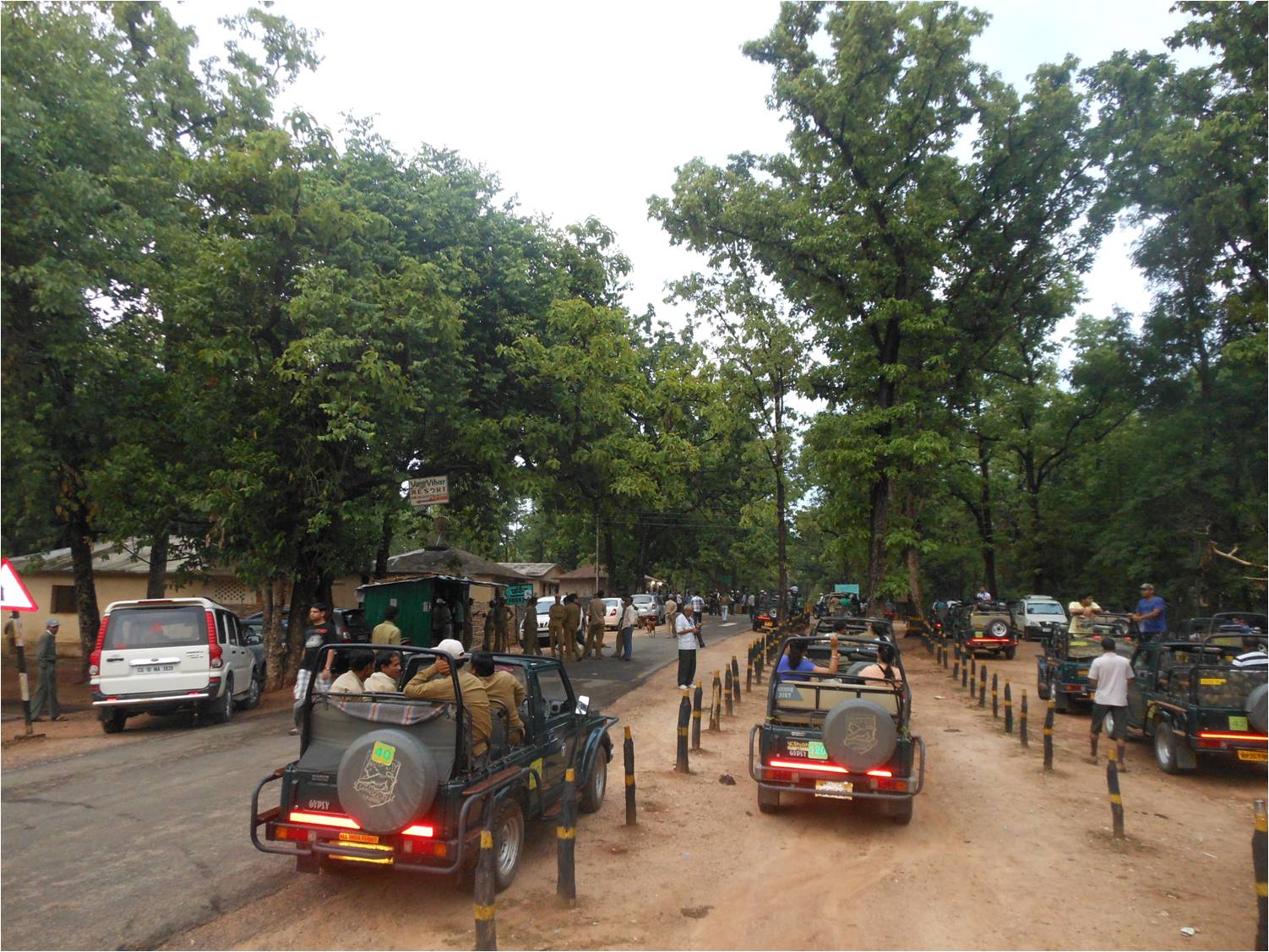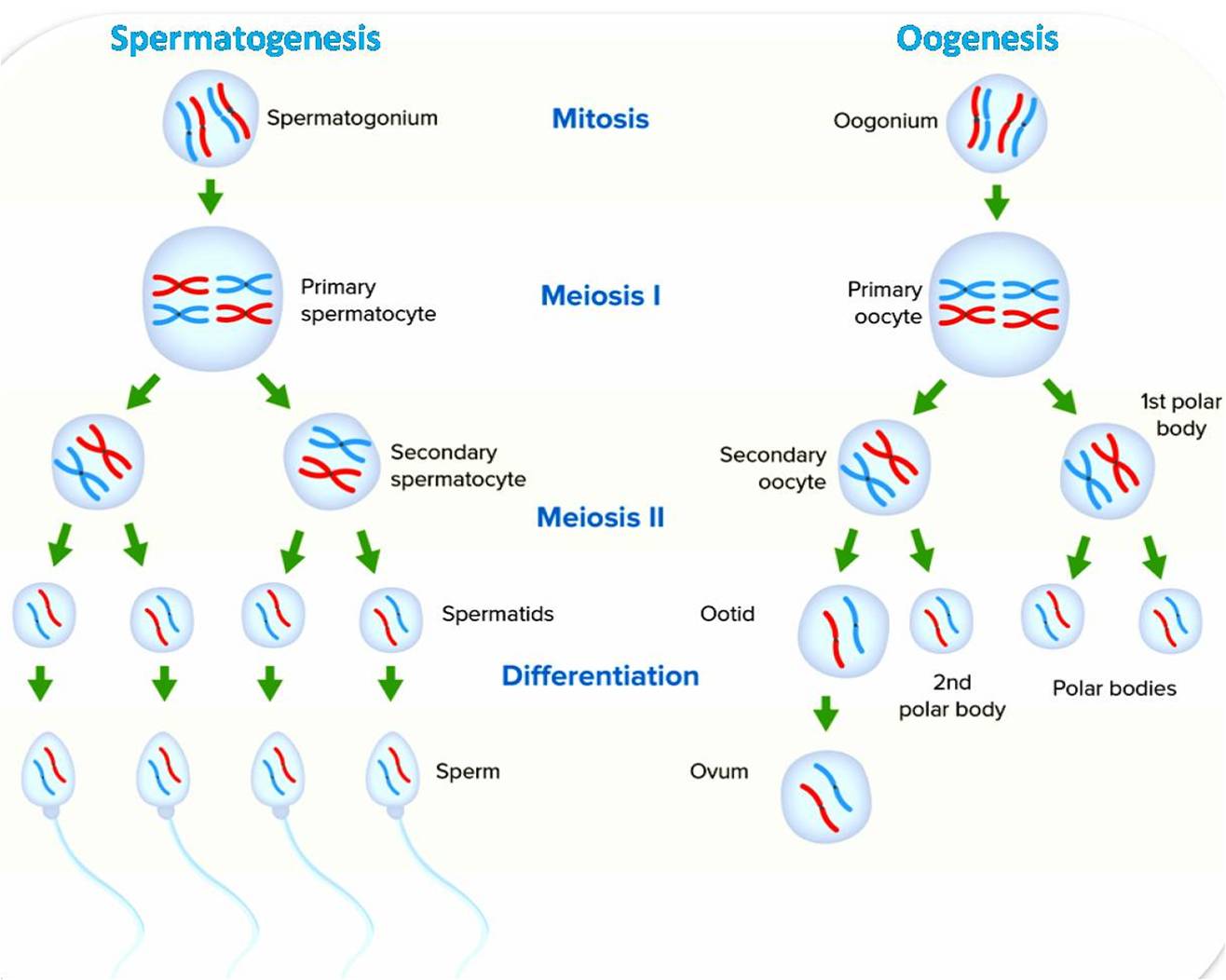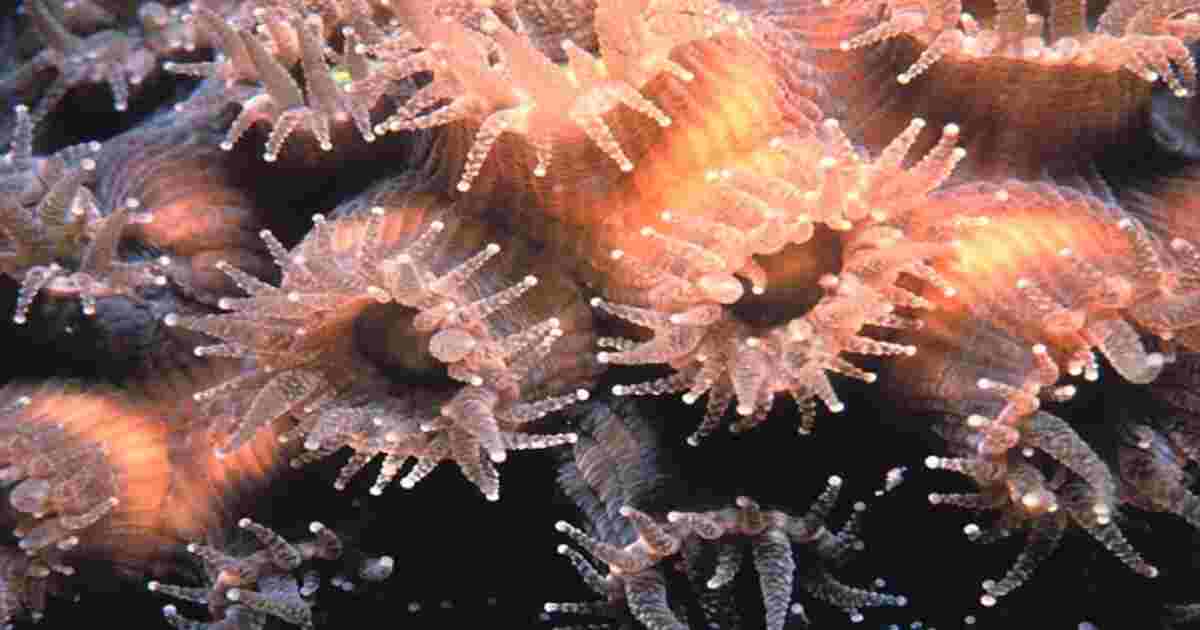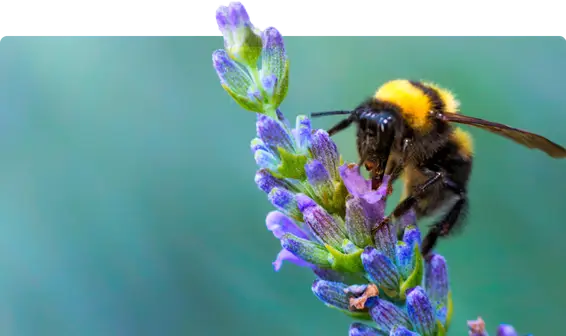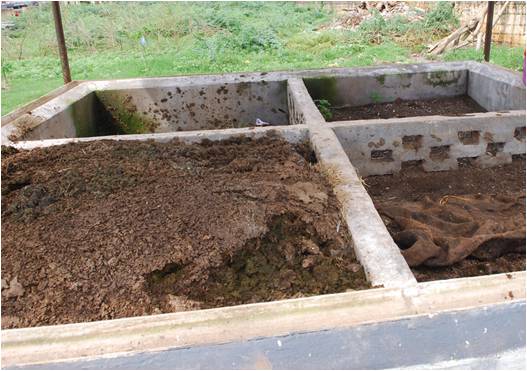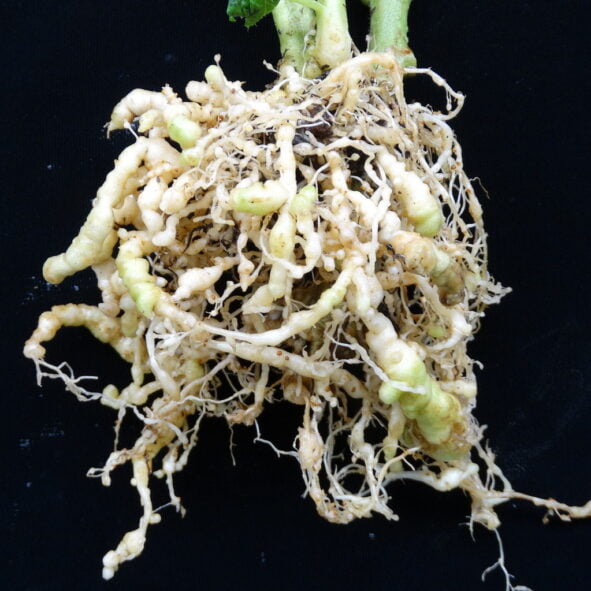Beekeeping Equipment: Beekeeping is a fascinating and rewarding hobby that requires proper knowledge, skills, and the right tools. Beekeepers rely on various types of equipment to create a conducive environment for the bees and ensure the smooth functioning of their colonies. In this article, we will explore the essential beekeeping equipment that every beekeeper should have in their toolkit.
Beekeeping Equipment
Beekeeping equipment plays a vital role in maintaining healthy bee colonies and maximizing honey production. From the bee hive itself to specialized tools and protective gear, each piece of equipment serves a specific purpose in the beekeeping process.
Bee Hive
The bee hive is the central component of a beekeeping operation. It provides a safe and suitable habitat for the bees to live, work, and reproduce. The concept of “bee space” discovered by L.L. Langstroth in 1851 revolutionized modern beekeeping. Bee space refers to the optimal distance between two surfaces in a hive that allows for normal movement and functioning of bees. It is too small for bees to build comb and too large for depositing bee glue, known as propolis. A movable frame bee hive is designed based on the principle of bee space, allowing beekeepers to easily inspect and manage the hive. It consists of various components, including:
- Stand: Provides support for the bottom board.
- Bottom board: Forms the floor of the hive and serves as the entrance for the bees.
- Brood chamber: The main chamber where the queen lays eggs and the brood develops. Frames are placed in this chamber for bees to build combs. ‘Beekeeping Equipment’
- Frames: Each frame consists of a top bar, two side bars, and a bottom bar. Frames hold the comb and can be easily removed for inspection and honey extraction.
- Super: Additional chamber where bees store surplus honey.
- Inner cover: Acts as a partition between the brood chamber/super chamber and the
top cover. ‘Beekeeping Equipment’ - Top cover: The lid that protects the hive from the elements.
Nucleus Hive
A nucleus hive is a small-scale bee hive used for specific purposes such as mating queens and dividing colonies. It typically accommodates 4-6 frames and provides a controlled environment for specialized beekeeping activities. ‘Beekeeping Equipment: Essential Tools for Successful Beekeeping’
Observation Hive
An observation hive is a smaller hive with glass sides that allows beekeepers and enthusiasts to observe the movements and behavior of bees without disturbing the colony. It provides a unique educational opportunity and a window into the fascinating world of bees.
Comb Foundation Mill
A comb foundation mill is a specialized machine used to print natural cell size on comb foundation sheets. These sheets serve as the base for bees to build comb and facilitate the orderly arrangement of brood and honey storage. ‘Beekeeping Equipment’
Bee Veil
A bee veil is an essential protective gear that beekeepers wear to prevent bee stings on their faceand neck. It is typically made of fine mesh or fabric and is attached to a hat or helmet. The bee veil provides crucial protection while allowing beekeepers to maintain visibility and work comfortably with the bees. ‘Beekeeping Equipment’
Smoker
A smoker is a tool used to calm down bees during hive inspections. It generates smoke that interferes with the bees’ communication and triggers a feeding response. The smoke also masks the alarm pheromones released by guard bees, reducing the likelihood of defensive behavior. Beekeepers use smokers to create a more relaxed and manageable environment while working with the hive.
Uncapping Knife
An uncapping knife is a large-sized knife with a heated blade used to uncap frames before honey extraction. It gently removes the thin layer of wax that seals the honey cells, allowing the honey to be easily extracted. ‘Beekeeping Equipment’
Hive Tool
A hive tool is an indispensable tool for beekeepers. It is a versatile instrument with a flat, thin blade on one end and a hooked end on the other. Beekeepers use hive tools to pry open hive components, separate frames, scrape off excess propolis or beeswax, and perform various other tasks during hive management.
Queen Cell Protector
A queen cell protector is a spring-like structure used to protect queen cells. It prevents accidental damage to developing queen cells and ensures the successful emergence of new queens. ‘Beekeeping Equipment’
Queen Cage
A queen cage is a specialized cage used for introducing a new queen to a colony or transporting a queen safely. It provides a secure environment for the queen while allowing her pheromones to be gradually accepted by the bees. ‘Beekeeping Equipment’
Bee Brush
A bee brush is a gentle tool used to brush bees off frames during hive inspections or honey extraction. It features soft bristles that allow beekeepers to remove bees without harming them or the comb.
Feeders
Feeders play a crucial role in supplementing bees with food, especially during times of nectar scarcity or when establishing new colonies. Different types of feeders are available, including slow feeders and fast feeders, each designed to provide easy access to sugar syrup or other food sources for the bees.
Swarm Basket
A swarm basket is a basket-like container used to catch and temporarily house swarms of bees. It allows beekeepers to safely collect swarms and relocate them to their desired location.
Queen Excluder
A queen excluder is a perforated metal or plastic sheet placed between the brood chamber and the honey supers. It features openings that allow worker bees to pass through but restrict the queen’s access. This ensures that the queen remains in the brood chamber, preventing her from laying eggs in the honey supers. ‘Beekeeping Equipment’
Honey Extractor
A honey extractor is a machine used to extract honey from uncapped frames. It operates on the principle of centrifugal force, spinning the frames inside a drum or cylinder to remove the honey without damaging the comb. Honey extractors come in various sizes and types, including manual and electric models.
Wax Melter
A wax melter is a double-walled chamber specifically designed for melting beeswax. It allows beekeepers to melt beeswax scraps or old combs to create new comb foundation sheets.
Pollen Trap
A pollen trap is a device used to collect corbicular pollen from returning forager bees. It features fine-mesh screens that trap the pollen pellets as bees enter the hive. Pollen traps provide valuable insight into the pollen sources used by the bees and can aid in studying their foraging patterns.
Bee Escape
A bee escape is a one-way passage device used to encourage bees to leave honey supers before extraction. It allows bees to exit the supers but prevents them from reentering, making the extraction process more efficient.
Conclusion
Beekeeping equipment plays a crucial role in successful beekeeping. From the bee hive, which provides a suitable habitat for the bees, to specialized tools like smokers, uncapping knives, hive tools, and feeders, each piece of equipment serves a specific purpose in live management, honey extraction, and colony care. Using the right beekeeping equipment ensures the well-being of the bees, promotes efficient hive management, and enhances the overall beekeeping experience.
Remember, beekeeping practices may vary depending on local regulations and environmental factors. It’s important to consult local beekeeping experts and adhere to guidelines specific to your region to ensure the best practices for beekeeping.
FAQs
Q1: What is bee space and why is it important in beekeeping?
Bee space refers to the optimal distance between two surfaces in a beehive. It allows for normal movement and functioning of bees, preventing them from building comb in unwanted spaces or depositing excessive propolis. Bee space is essential for efficient hive management and frames’ easy movability.
Q2: Why is a smoker used in beekeeping?
A smoker is used to calm down bees during hive inspections. The smoke disrupts their communication and triggers a feeding response, making the bees less defensive and more focused on protecting their food source. It also masks the alarm pheromones, reducing aggression and making hive management safer for beekeepers.
Q3: What is the purpose of an uncapping knife in beekeeping? An uncapping knife is used to remove the thin layer of wax that seals the honey cells before honey extraction. By gently uncapping the frames, beekeepers can access the honey without damaging the comb.
Q4: What is the role of a queen excluder in a beehive?
A queen excluder is a device placed between the brood chamber and honey supers. It allows worker bees to pass through but restricts the queen’s access. This ensures that the queen remains in the brood chamber, preventing her from laying eggs in the honey supers.
Q5: How does a honey extractor work? A honey extractor is a machine that uses centrifugal force to extract honey from uncapped frames. The frames are placed inside a drum or cylinder, which is then spun rapidly. The centrifugal force flings the honey out of the comb and collects it at the bottom of the extractor, from where it can be collected.

